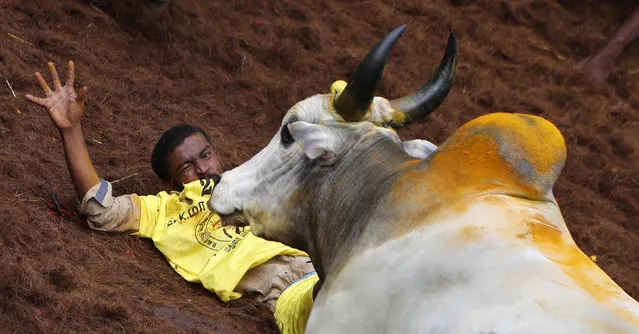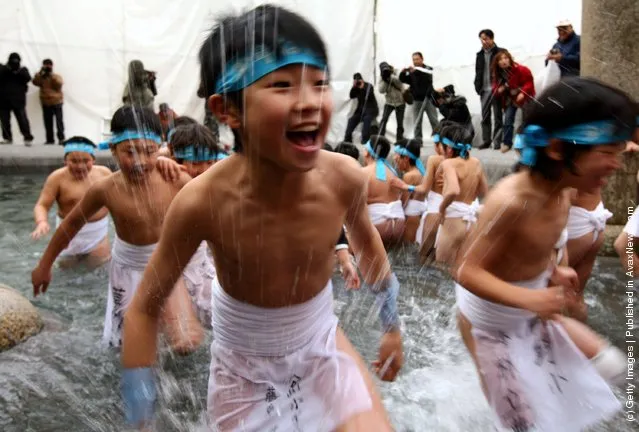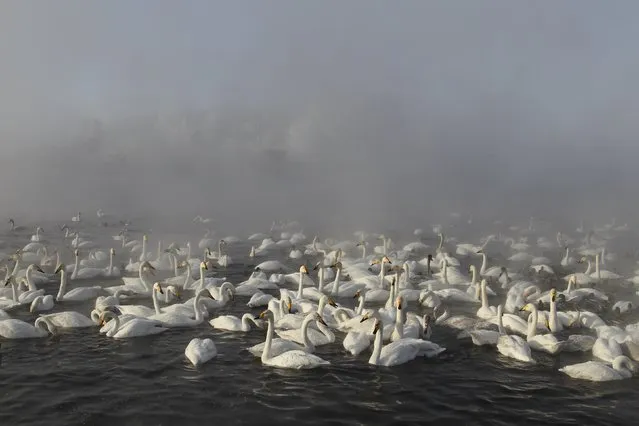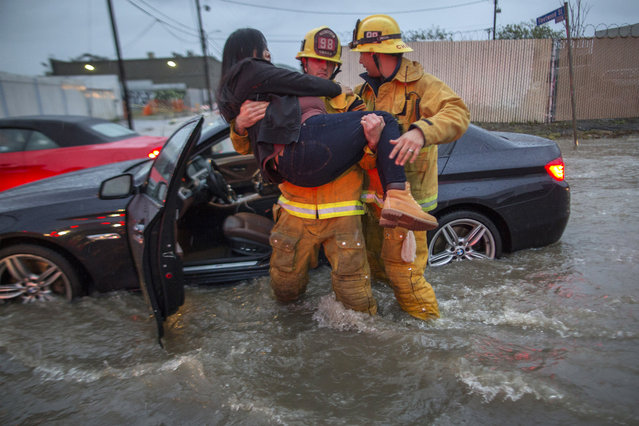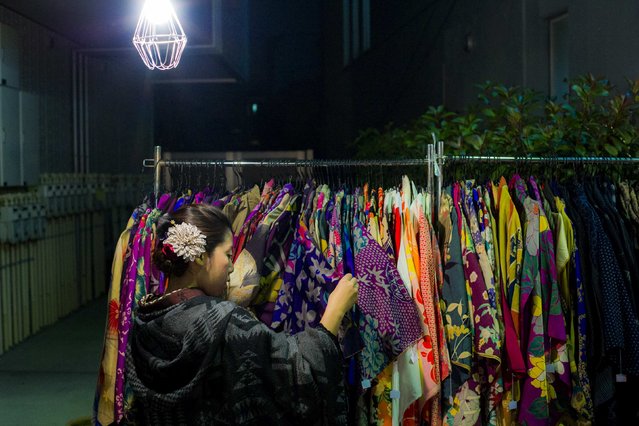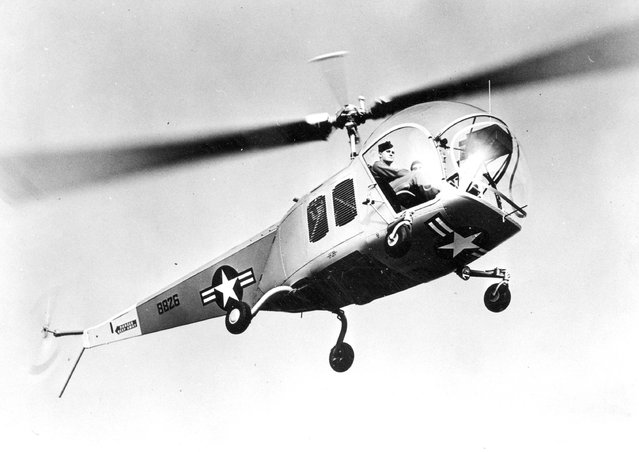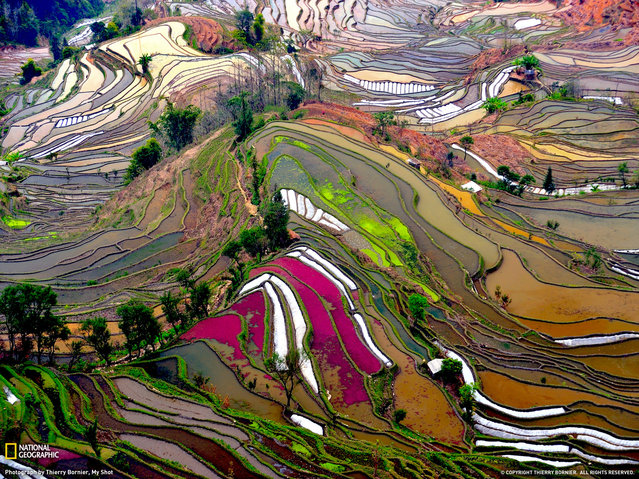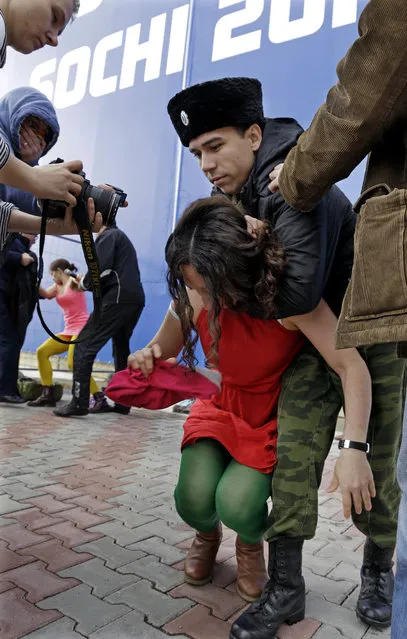
A member of the punk group p*ssy Riot is restrained by a member of the Cossack militia in Sochi, Russia, on Wednesday, February 19, 2014. Cossack militia attacked the p*ssy Riot punk group with horsewhips on Wednesday as the group tried to perform under a sign advertising the Sochi Olympics. The group had gathered to perform in a downtown Sochi restaurant, about 30km (21miles) from where the Winter Olympics are being held.They left the restaurant wearing bright dresses and ski masks and had only been performing for a few seconds when they were set upon by Cossacks. (Photo by Morry Gash/AP Photo)
20 Feb 2014 10:13:00,post received
0 comments

